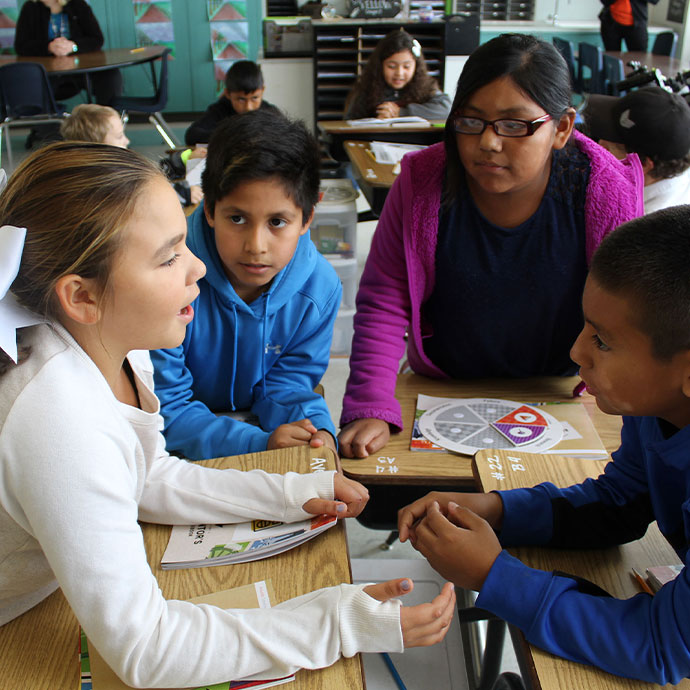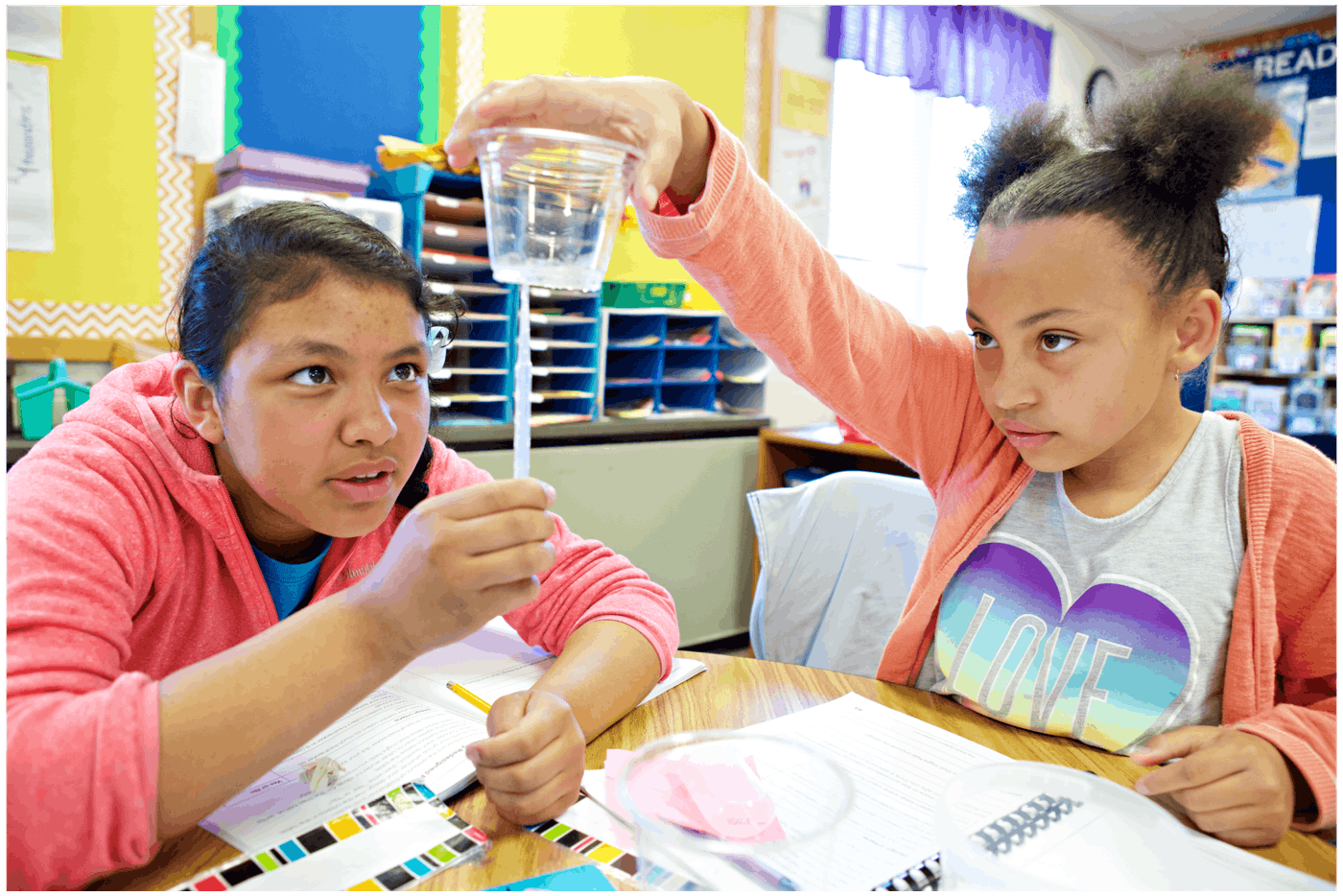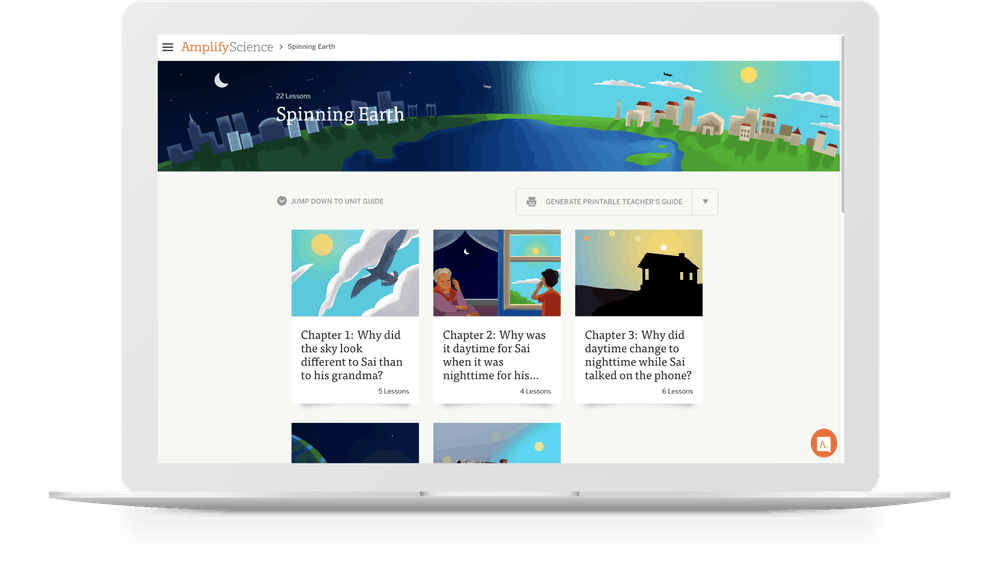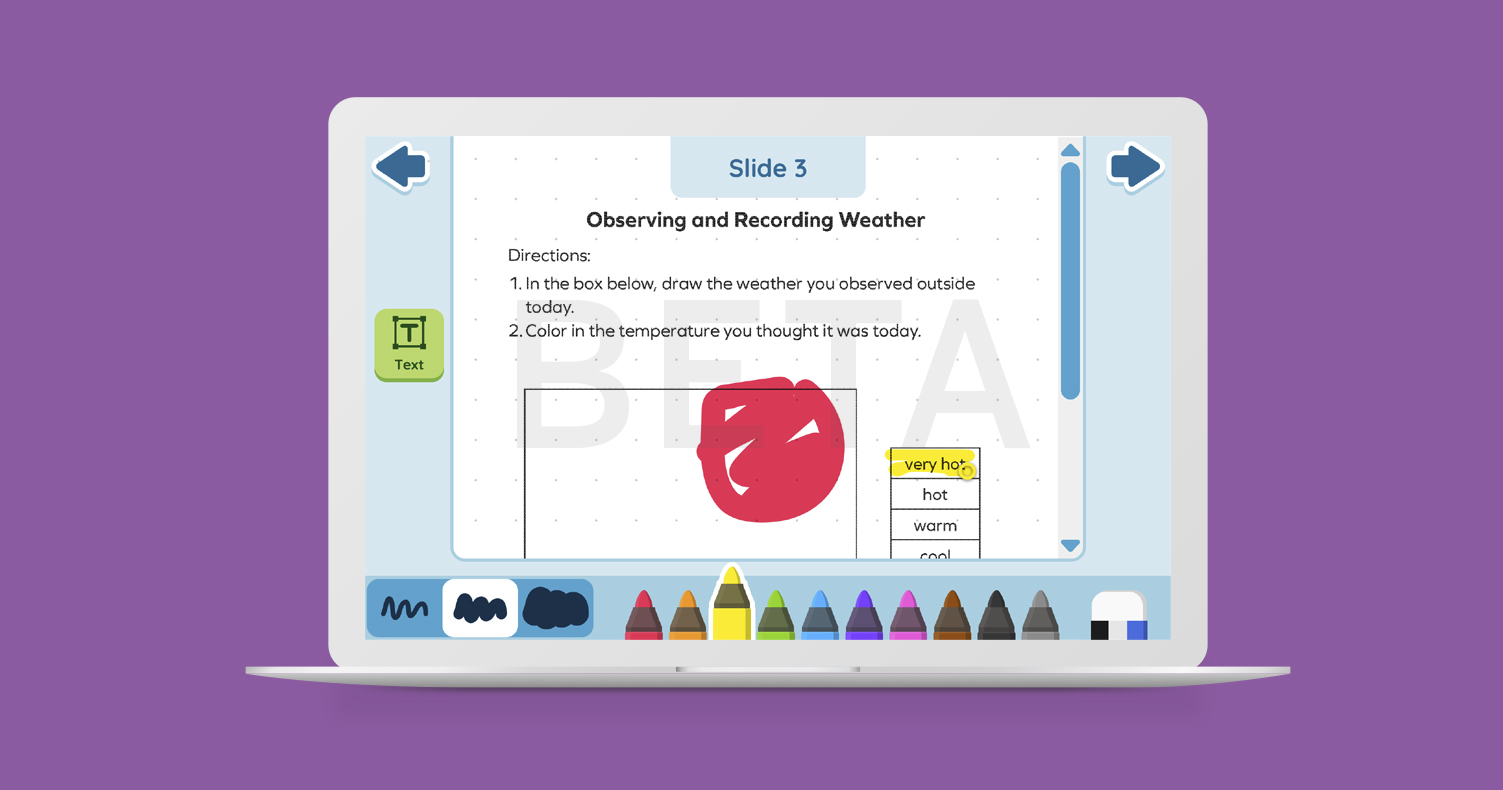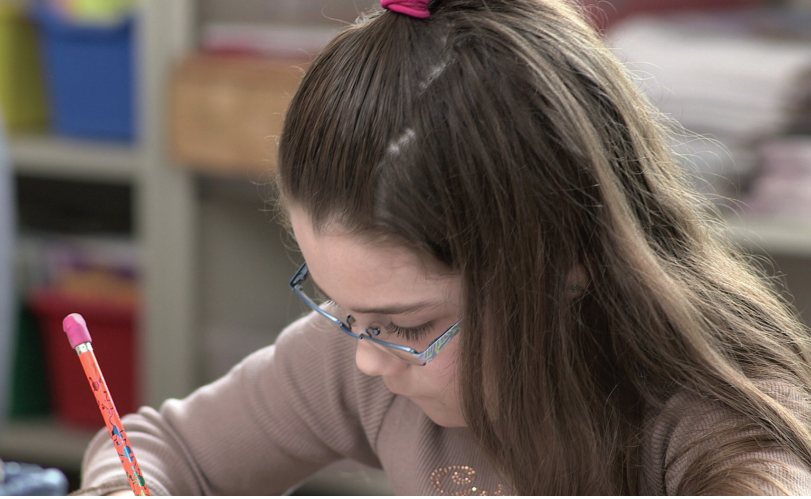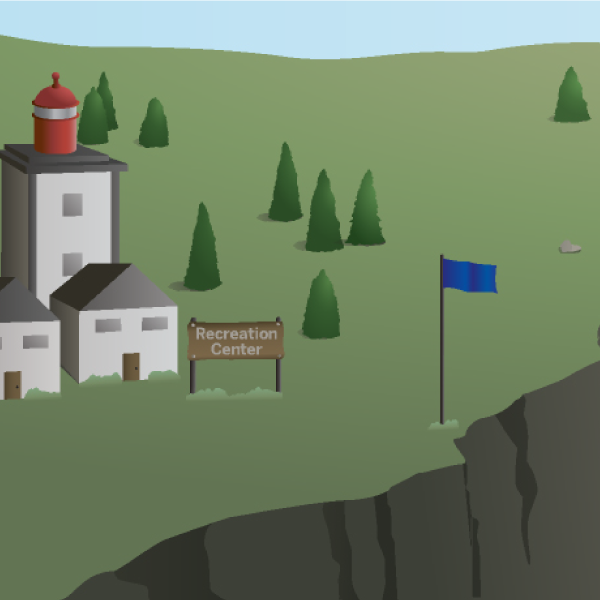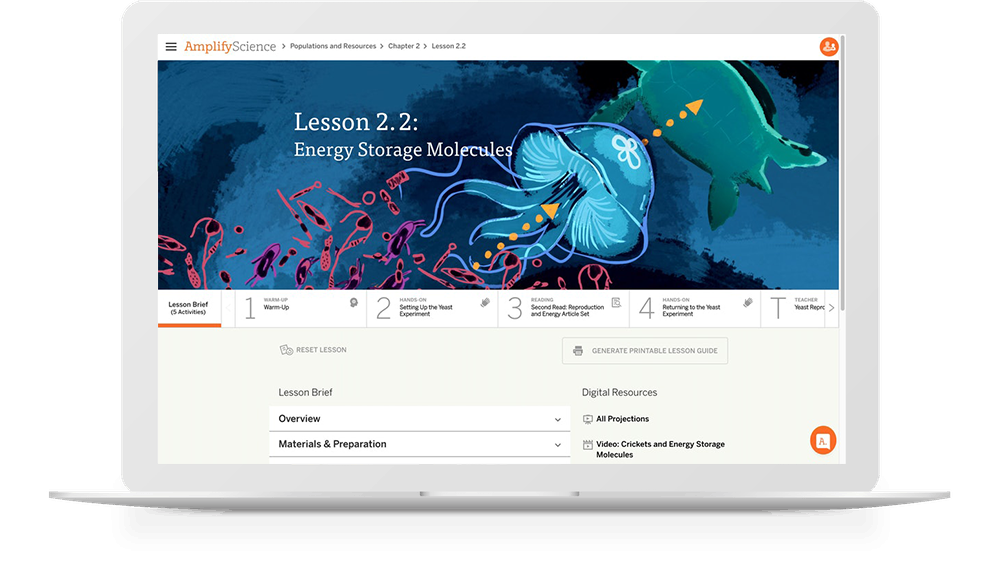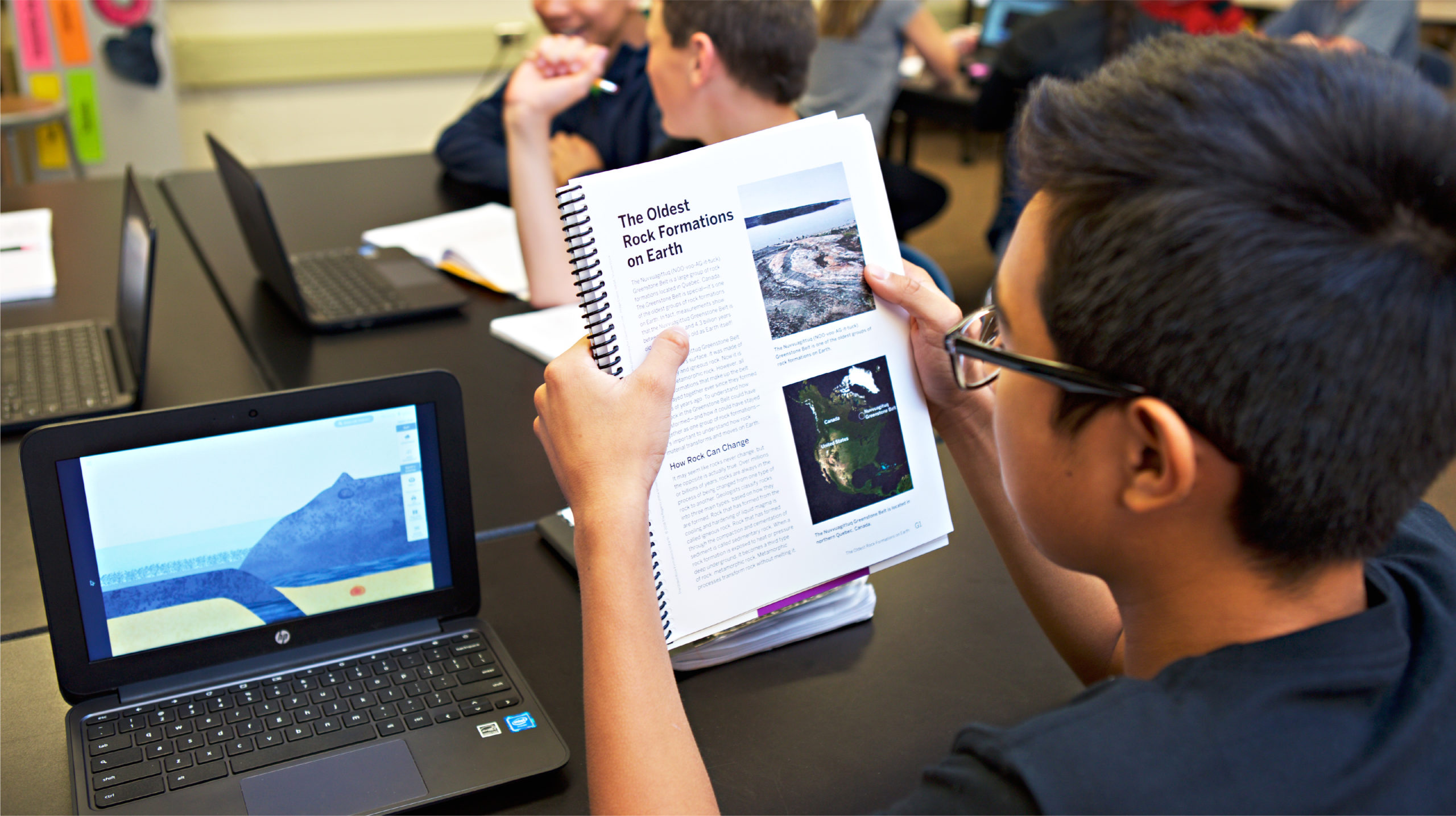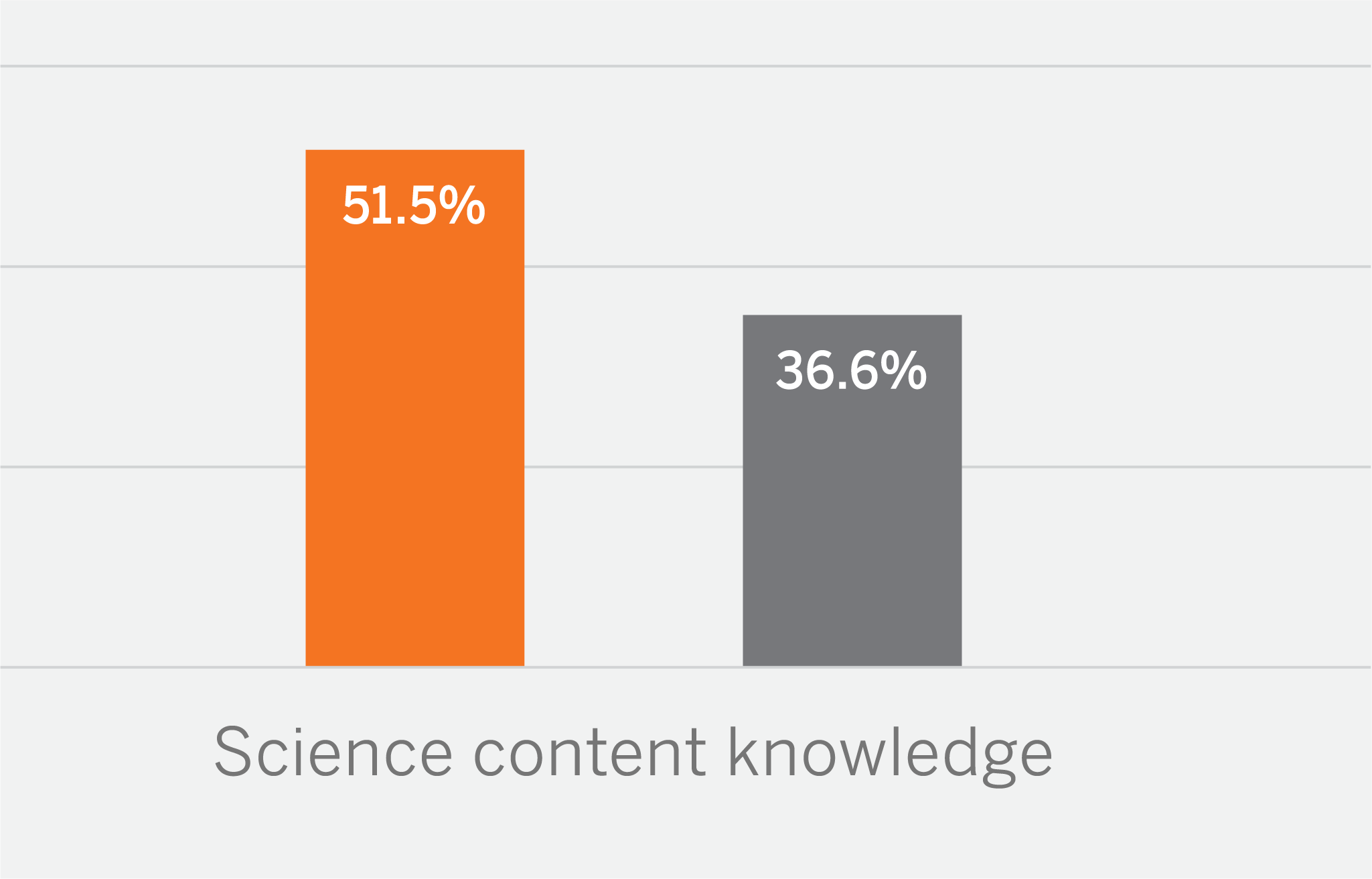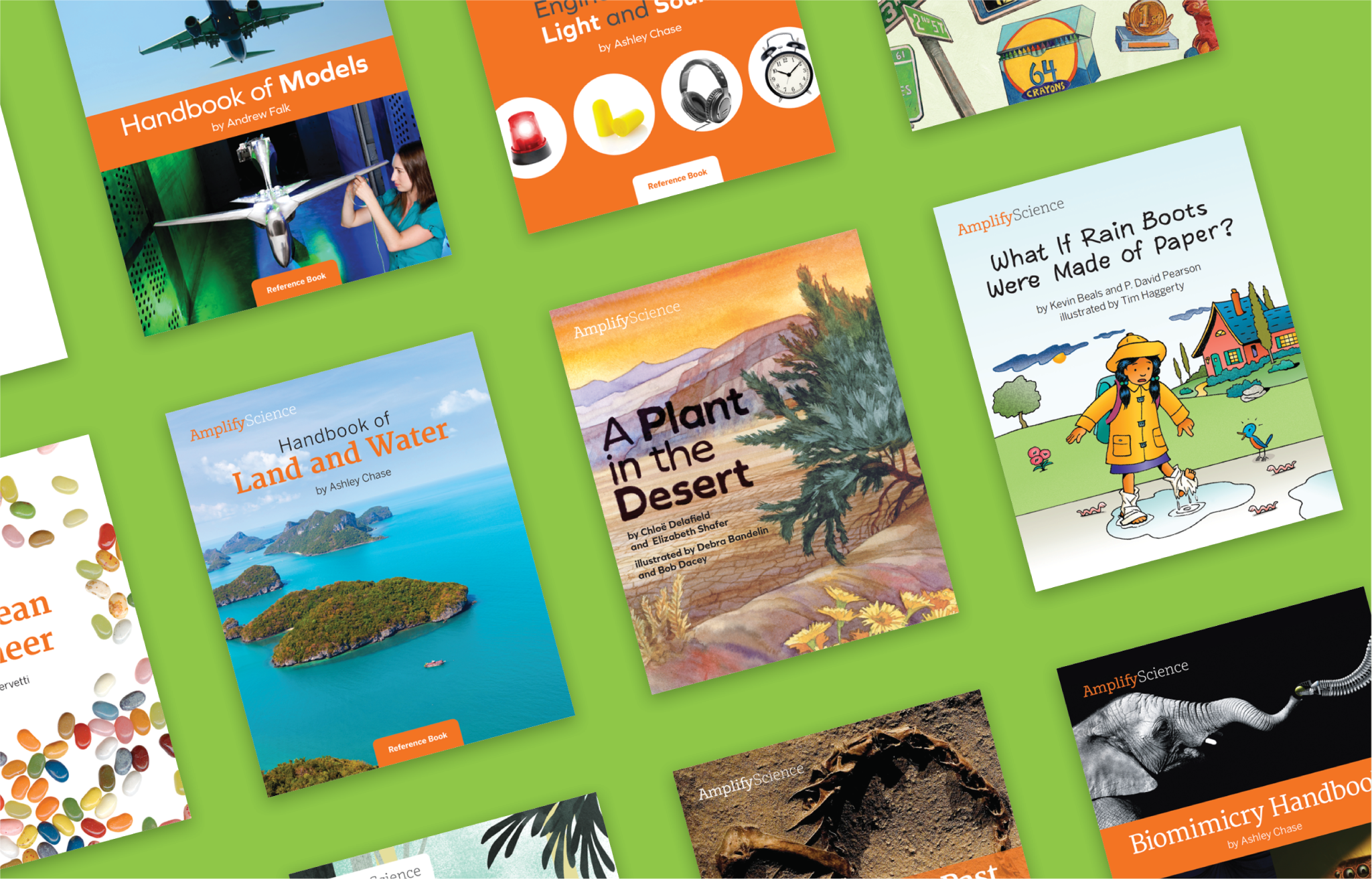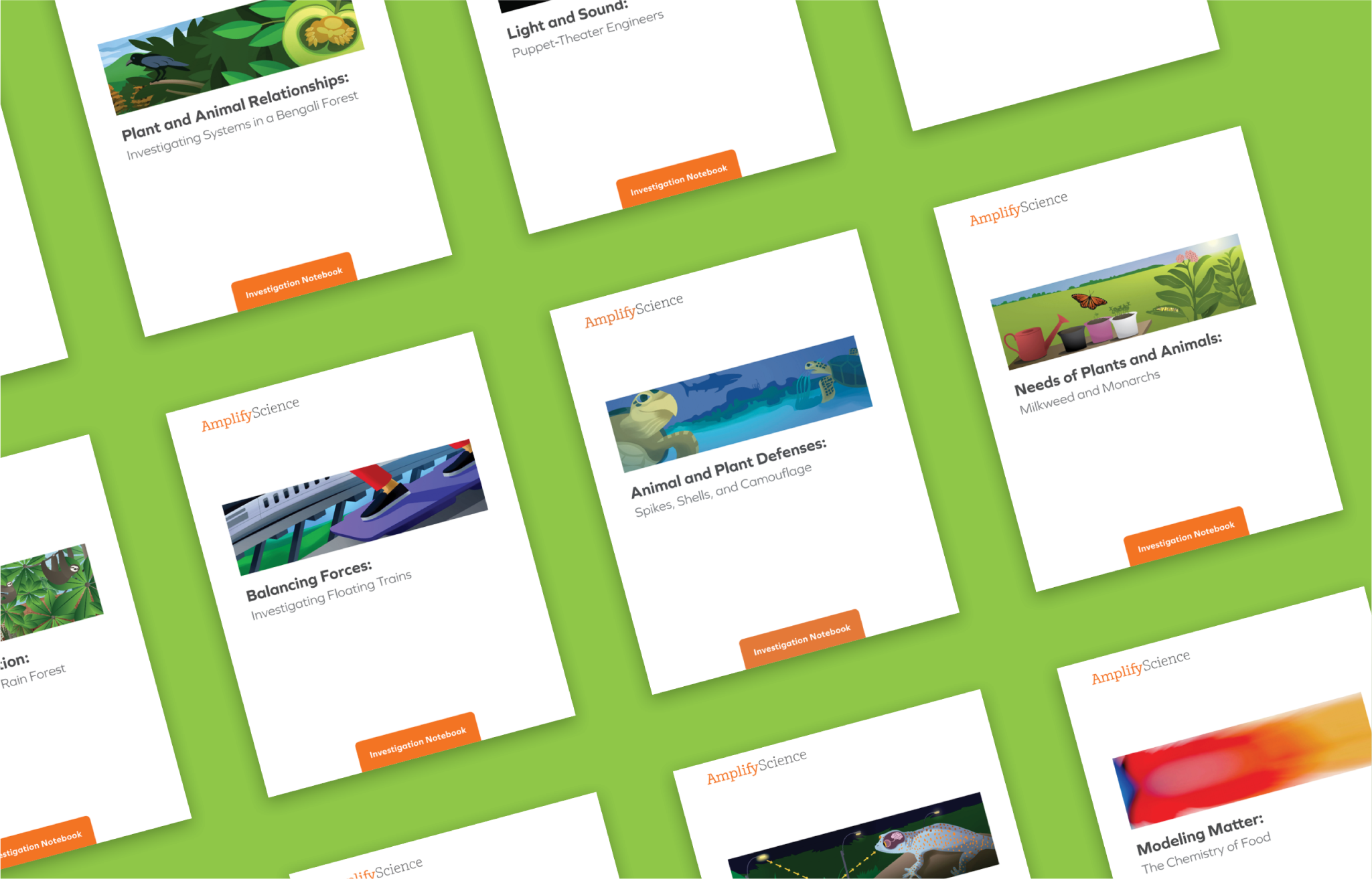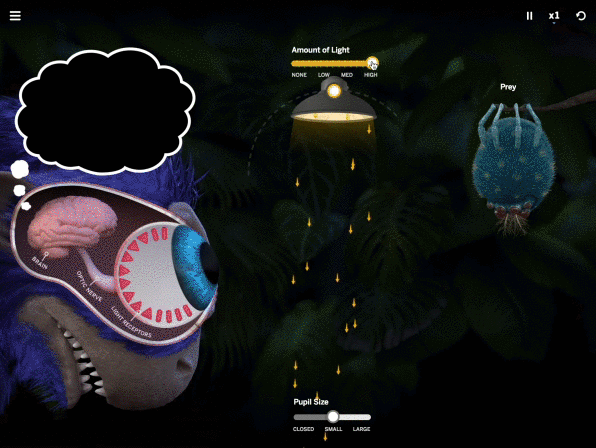Watch the 2-minute video below for a quick guide to reviewing your science materials, then explore how our approach shapes West Virginia students into scientists and engineers.

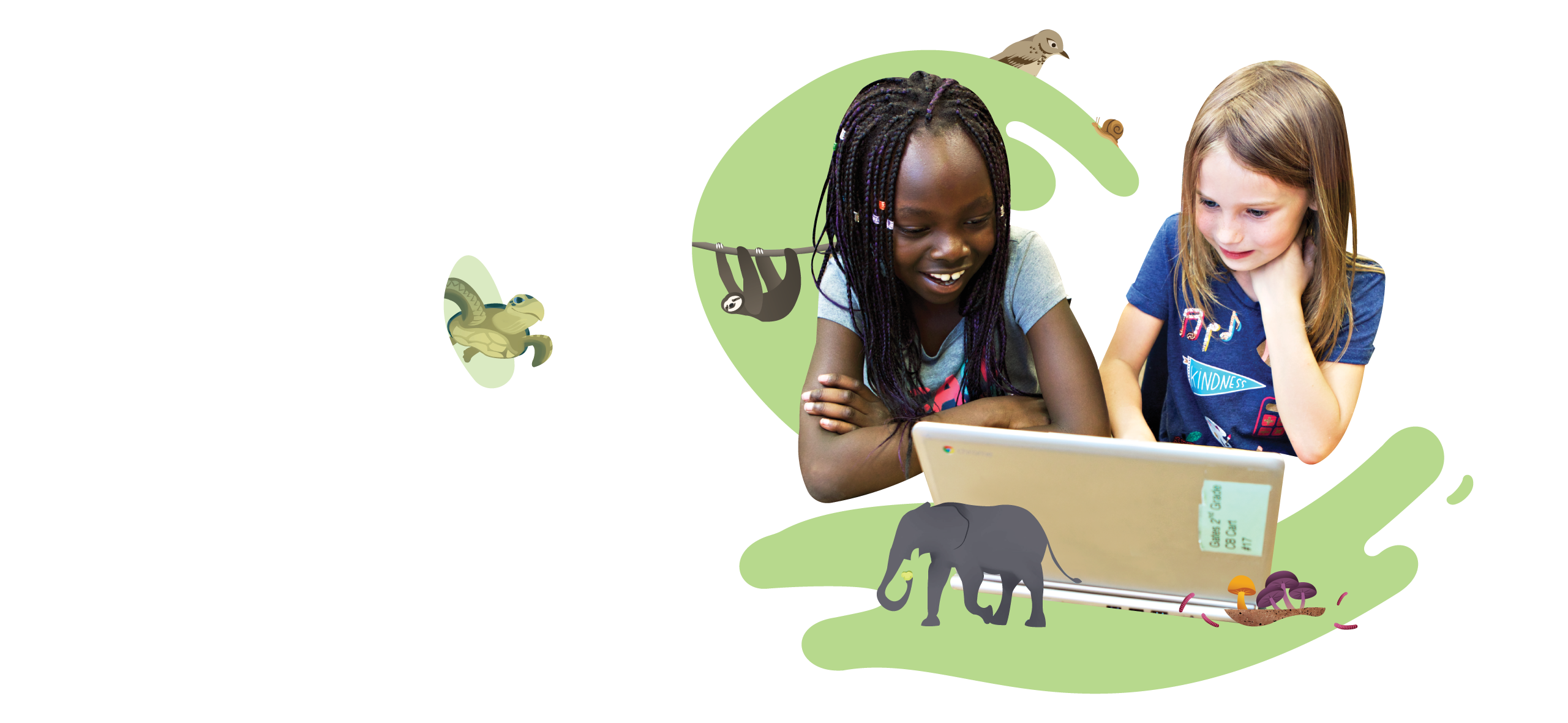
Ready to get started?
Welcome, West Virginia reviewers! We're so glad you're here.
Welcome West Virginia Reviewers! Start here.
Watch this first to help guide your review.

And it works.
Amplify Science is backed by gold-standard research.
UC Berkeley’s Lawrence Hall of Science, the authors behind Amplify Science, developed the Do-Talk-Read-Write-Visualize approach, and gold-standard research shows that it works. Our own efficacy research is pretty exciting, too.
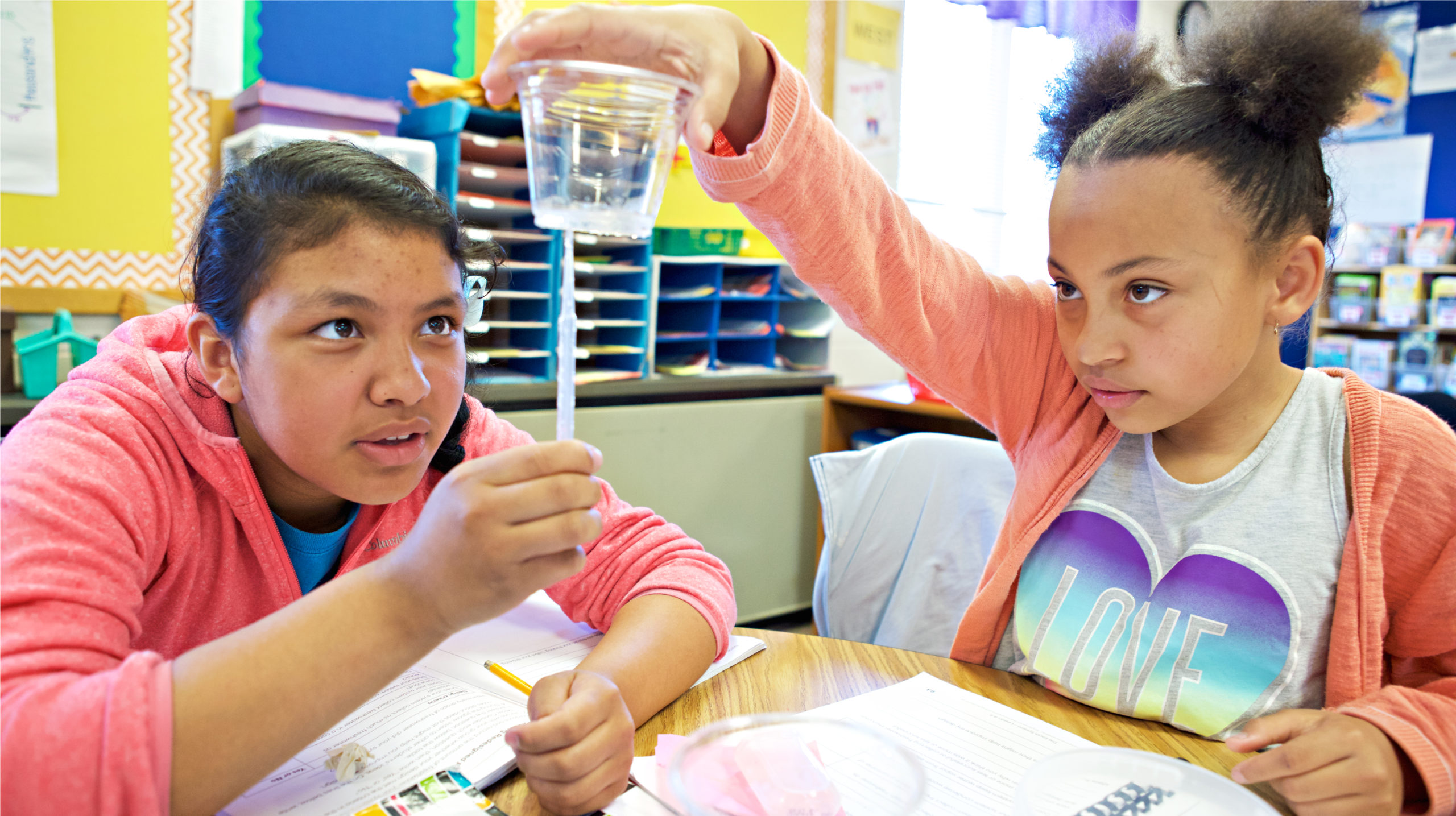
Hands-on investigations
Hands-on learning is an essential part of Amplify Science.
Hands-on learning is integrated into every unit through hands-on investigations that are critical to achieving the unit’s learning goals and deepening your students’ understanding of the unit phenomena.
See Amplify Science hands-on investigation videos in action for these grade 2 students.
As part of Amplify Science’s grade 2 Animal and Plant Relationships unit, students take on the role of plant scientists to figure out why there are no new chalta trees growing in the Bengal Tiger Reserve in India. In this video featuring Lesson 3.2, second-grade students from Chicago Public Schools are engaging with a hands-on model in which they simulate animal dispersal of seeds, measure how many seeds were dispersed to places where the seeds are likely to grow, and analyze their results.

Literacy-rich science instruction
Let's immerse West Virginia students in reading, writing, and arguing like real scientists and engineers.
We love West Virginia’s belief that literacy skills and instruction should be naturally embedded into science instruction—it’s our belief, too. Our young scientists actively investigate the natural world, and large parts of their investigations involve reading, writing, listening, and speaking.
When it comes to writing, students engage in scientific argumentation throughout each unit. Students analyze examples of arguments about accessible topics, gather evidence from multiple sources, and use data to make arguments with evidence from investigations, text, and models.
Powerful digital tools
We help teach science that's too small, large, slow, distant, dangerous, or difficult to see or manipulate directly.
Developed exclusively for Amplify Science, our digital simulations are interactive, virtual worlds that allow students to discover and construct understanding of science concepts and phenomena. Sims provide opportunities to explore scientific phenomena that might otherwise be challenging to investigate.
Key differentiators
What sets Amplify Science apart for West Virginia?
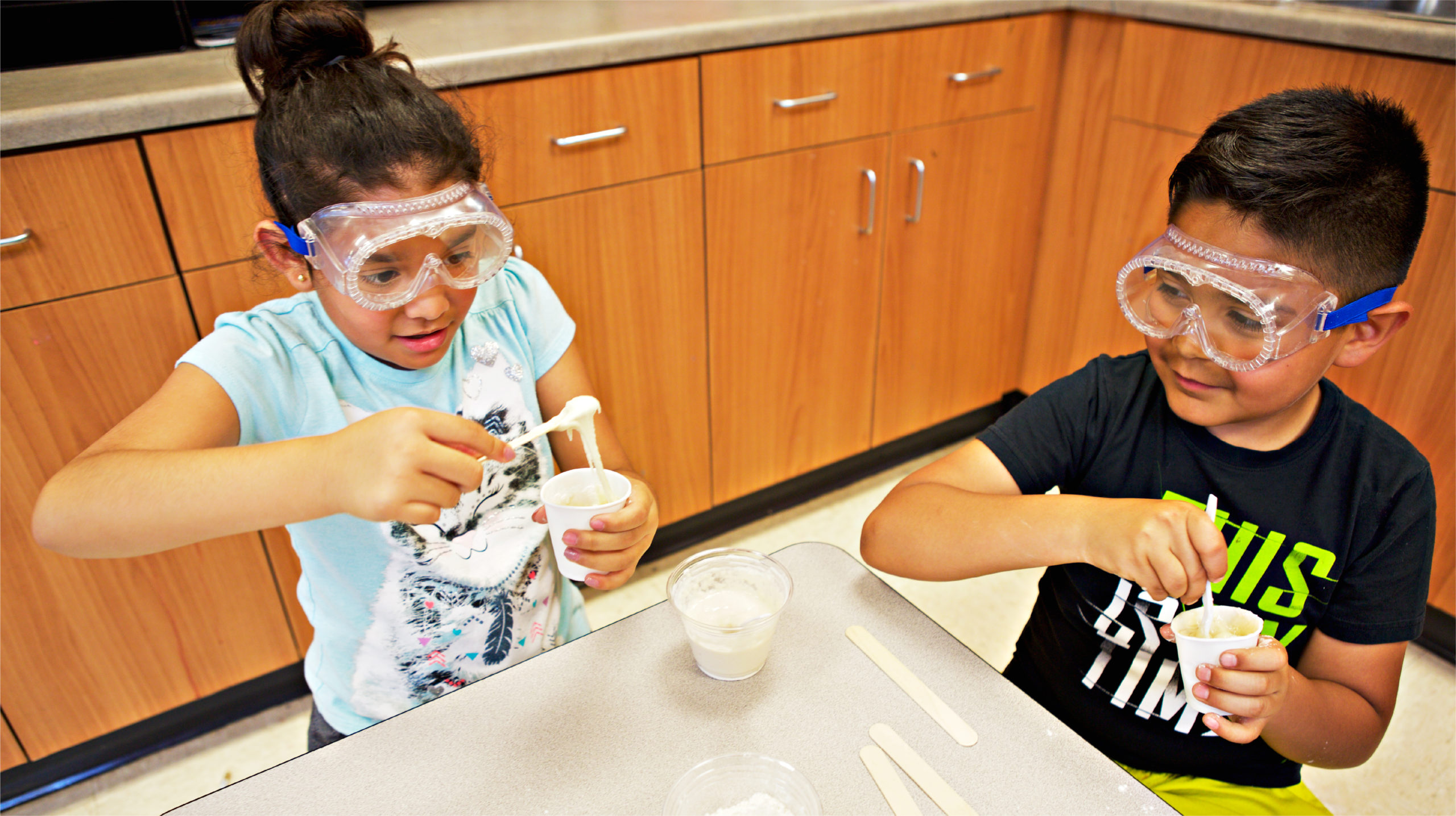
- 1. It is built from the ground up for three-dimensional, hands-on learning.
- 2. Students take on the role of scientists and engineers to investigate real-world phenomena.
- 3. Literacy-rich science instruction builds the background knowledge and skills needed for success.
- 4. Powerful digital modeling tools and simulations provide opportunities that may be otherwise challenging in a classroom.


